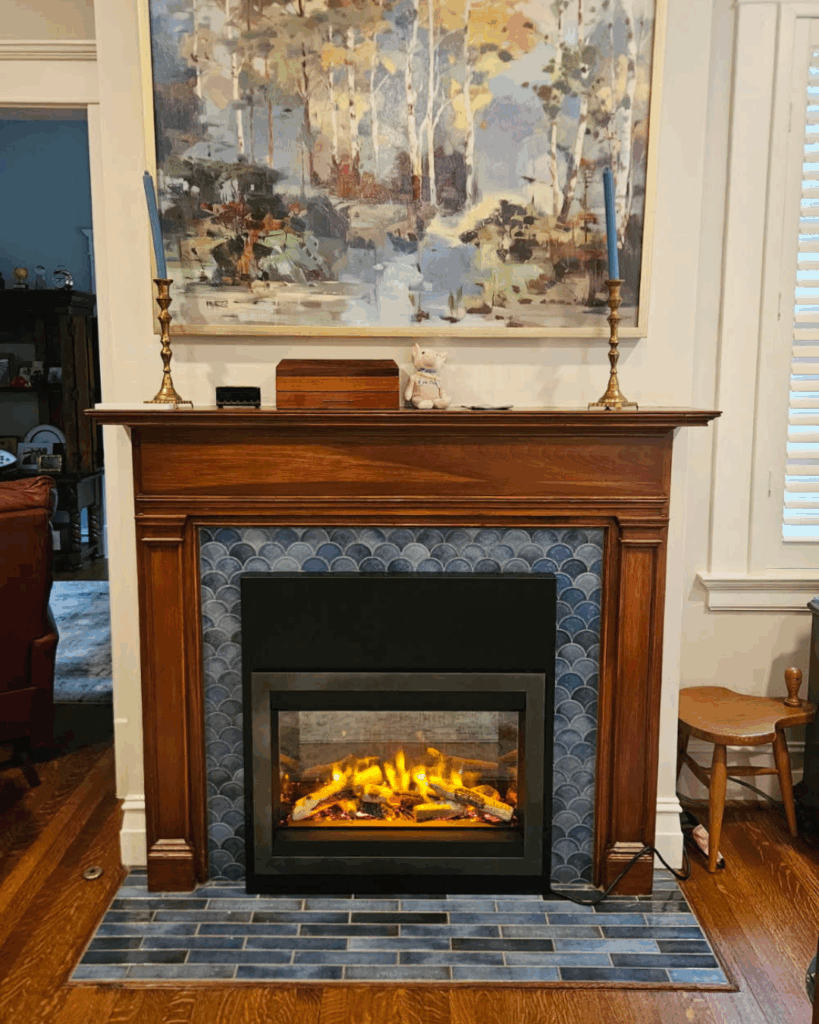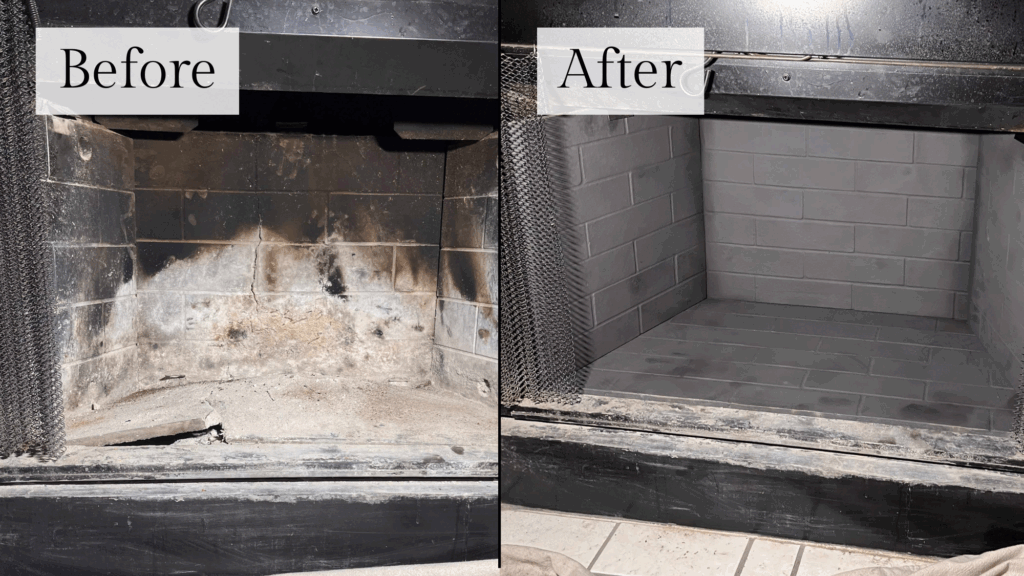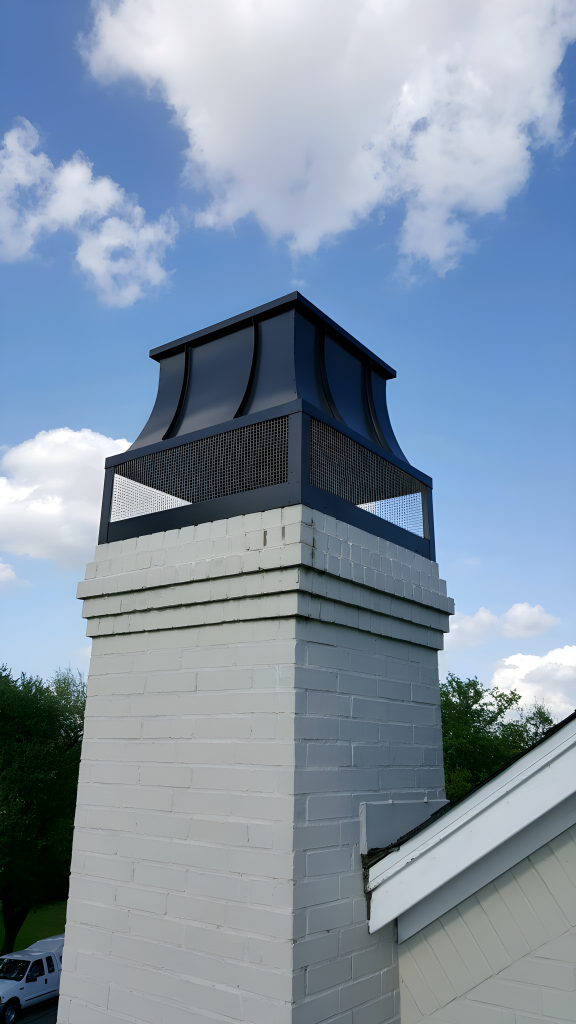Repair and Maintenance
Chimney and Fireplace Cleaning
Keeping your fireplace the scintillating centerpiece it was meant to be

Why Should I Get My Chimney Cleaned?
When it comes to creating a sense of warmth and comfort, nothing compares to a fireplace. Whether in a new master suite, a family room addition, or a living room remodel, a fireplace is sure to become the epicenter of your family gatherings.
While every set up is different, many older homes have traditional masonry wood-burning fireplaces that are wonderful to look at, whether dormant with logs stacked neatly inside, or alive with a crackling fire.
But no matter how beautiful it is, one can never get complacent about owning and operating a fireplace.
As wood burns and combusts, it releases smoke, which lines the inside of the shaft with soot. Over time this soot mixes with moisture in the air, creating a sticky, dangerous substance called creosote. This highly combustible tar-like material can quickly ignite, causing damage to your chimney and possibly your home’s foundation and structure. Just a 1/8 of an inch of buildup is enough to ignite and take your entire home with it.
Chimney and Fireplace Repair
Visible or not, a damaged chimney or fireplace could lead to catastrophe.
Chimney Repairs
From carbon monoxide leaks and black mold growth to smoke damage in the home, all the way up to total chimney collapse, any damage to your chimney is a serious issue. Common needs, issues, and concerns that might necessitate a chimney repair service include:
- Visible cracking on the sides or crown.
- Smoke escaping from damaged siding.
- Damage to mortar joints between masonry and chimney.
- Moisture indicators such as rust on the damper or firebox.
- Salt deposits from moisture creating a white residue called Efflorescence.
- Peeling or flaking masonry outside the chimney.


Fireplace Repairs
There’s a variety of negative forces that can slowly eat away at the integrity of your chimney, Chimney and Wildlife is battle hardened in the art of tackling all of the potential wear and tear affecting your chimney. It’s important to look out for the following warning signs in your fireplace:
- Cracked Firebox or Chimney Bricks
- White Staining
- Creosote Odor (smoky even when not in use)
- Moisture indicators such as rust on the damper or firebox.
- Staining of interior walls or ceiling
Chimney and Fireplace Inspection
Enjoy your home with one less thing to worry about
Why Do I Need A Professional Inspection?
Regardless of how often you use your chimney, annually assessing its structure and integrity is imperative. This once a year inspection isn’t just our personal and professional recommendation. According to The National Fire Protection Association Standard 211, “Chimneys, fireplaces, and vents shall be inspected at least once a year for soundness, freedom from deposits, and correct clearances. Cleaning, maintenance, and repairs shall be done if necessary.”
Our Technicians follow a strict 15 point checklist of criteria including the following:
- Chimney cap and crown defects
- Creosote or heavy soot
- Abandoned or hidden chimney thimble ports
- Cleanliness
- Damaged, blocked, or unsafe chimney flues
- Dead end flues
- Fireplace inserts for wood or coal installed into an existing masonry flue
- Missing chimney clean out doors
- Movement in chimneys
- Orphaned gas-fired water heaters
- Rusted or damaged chimney or fireplace components
- Support defects
- Unlined chimney flues in single-brick wythe chimneys
- Un-sealed flue-vent connectors at chimney thimbles
- Unsafe fire clearances

